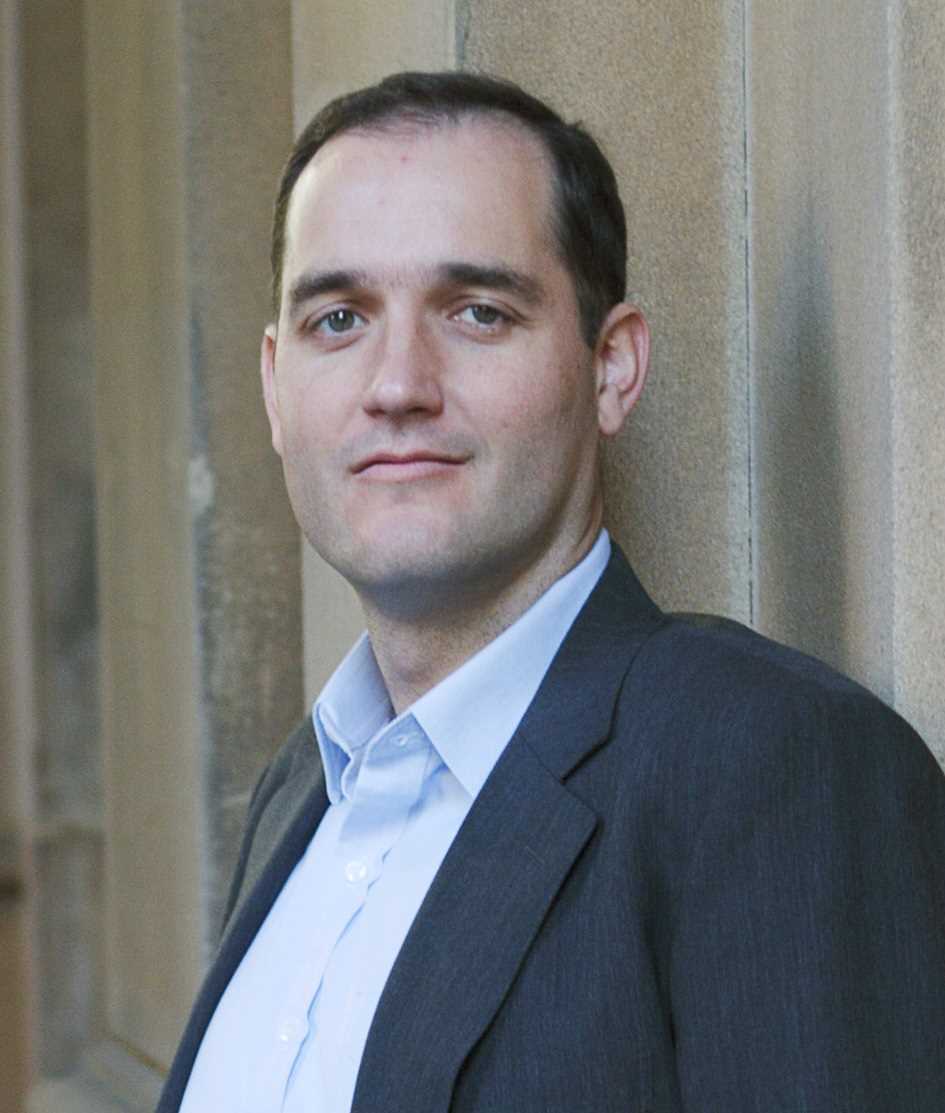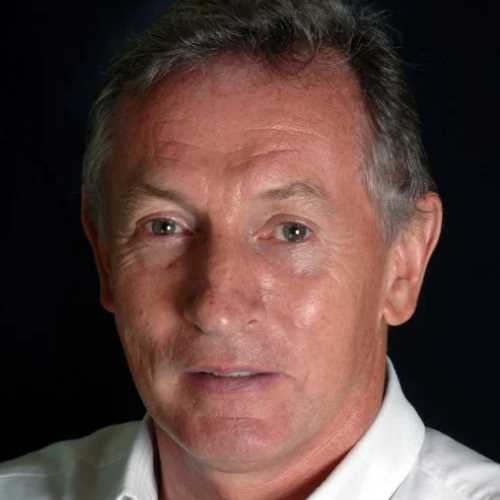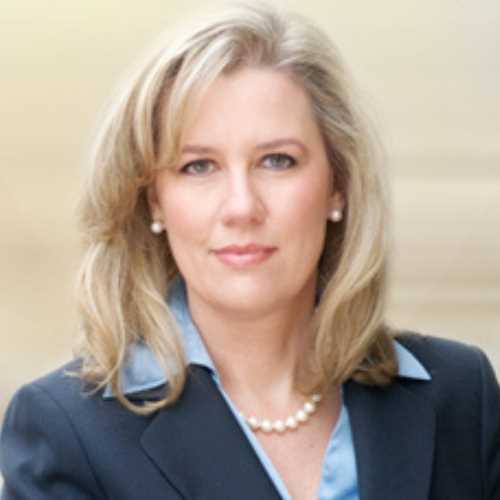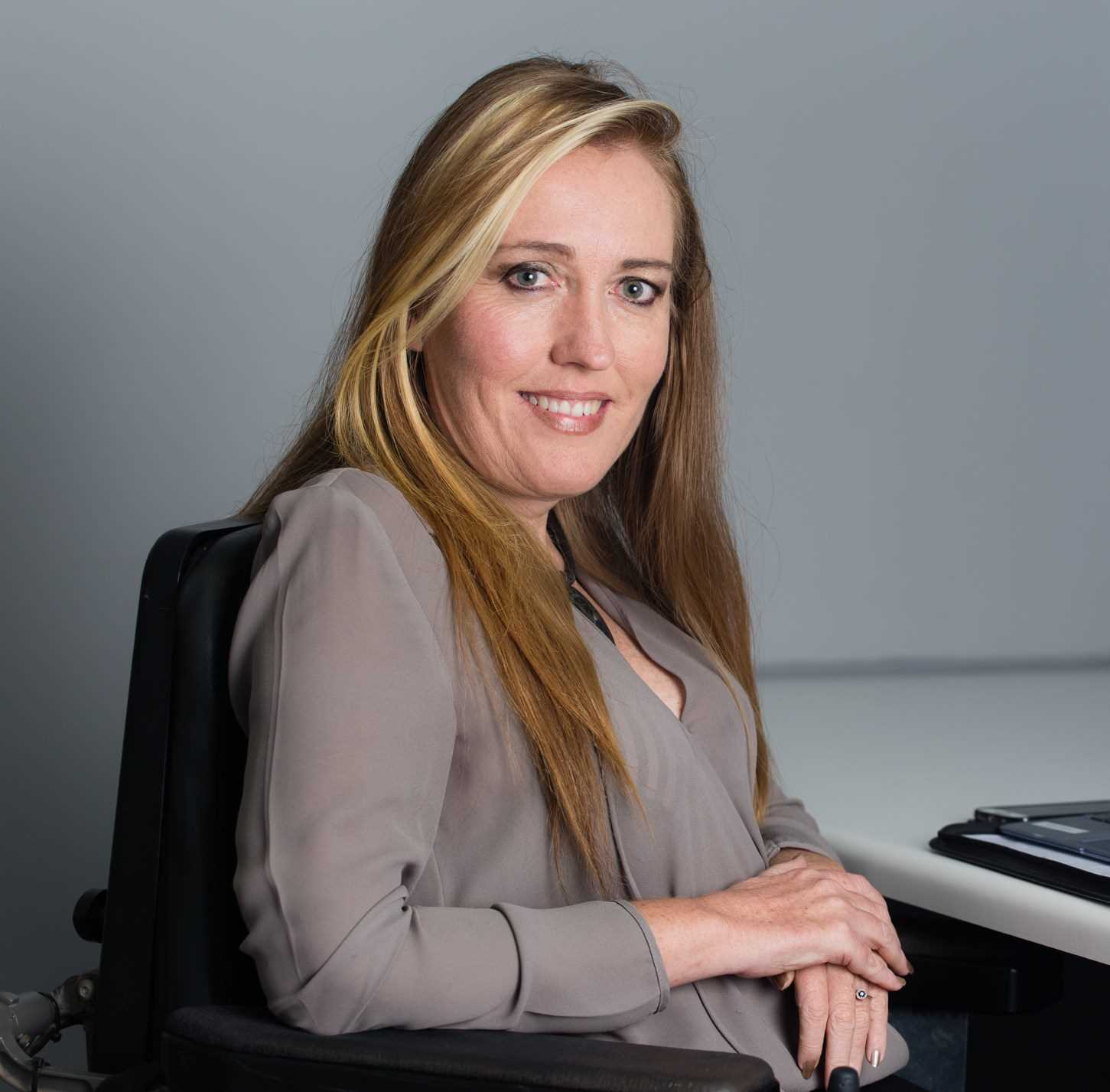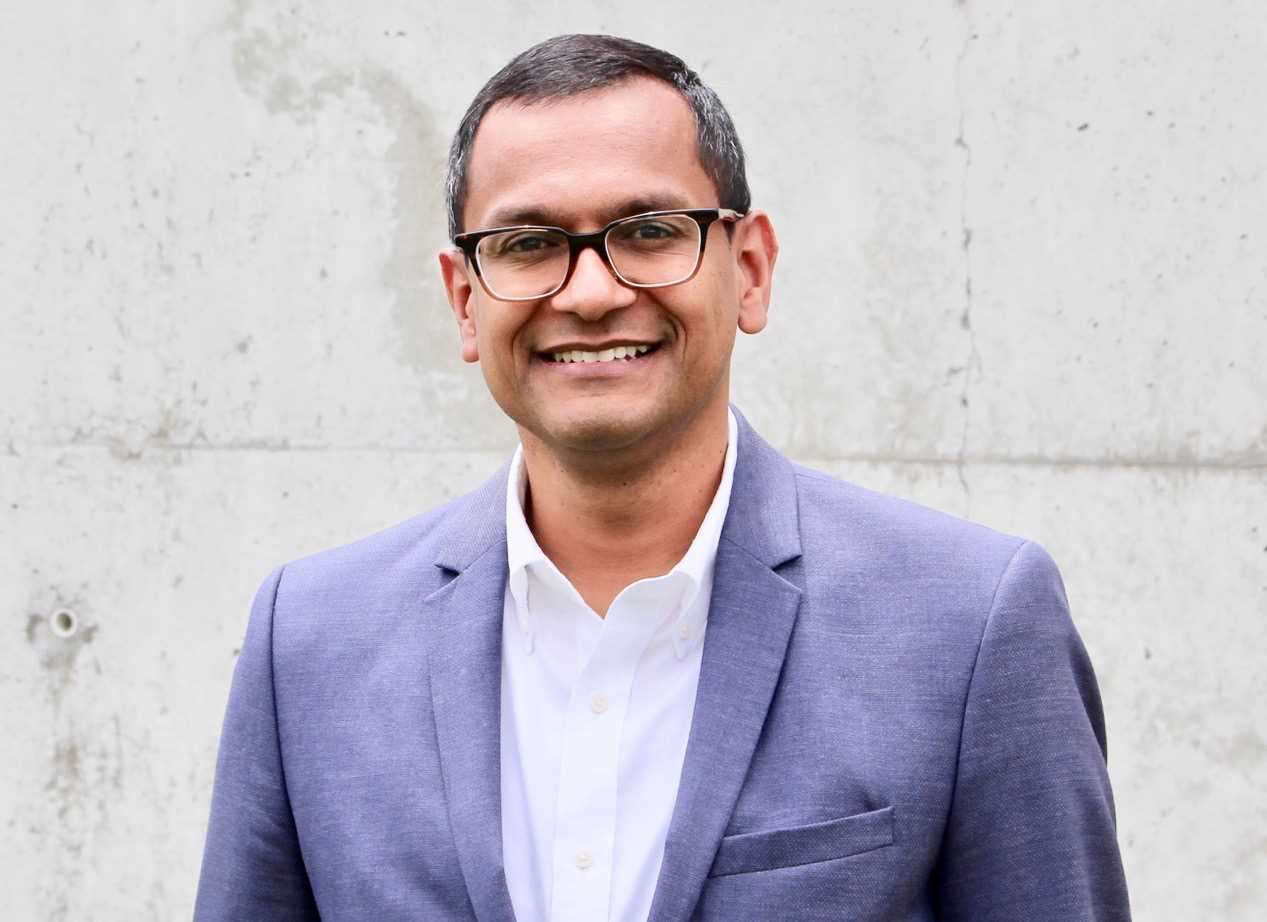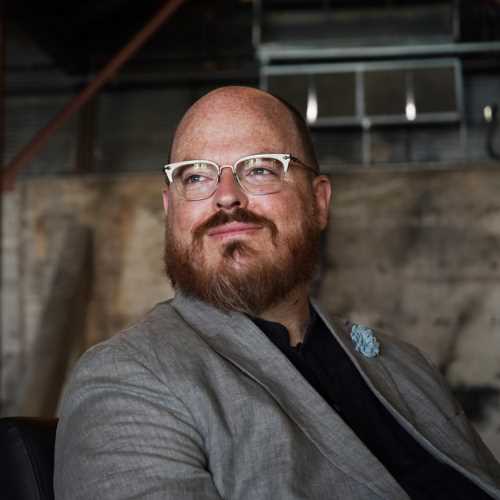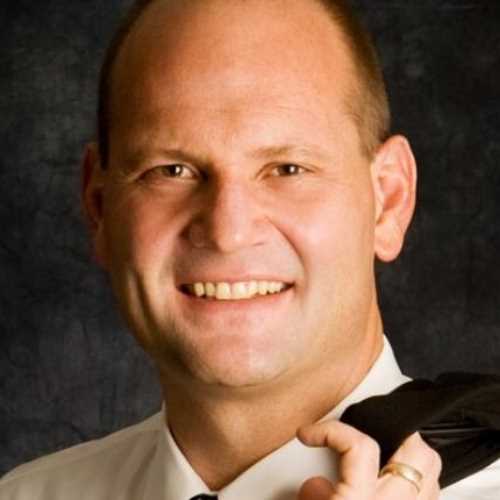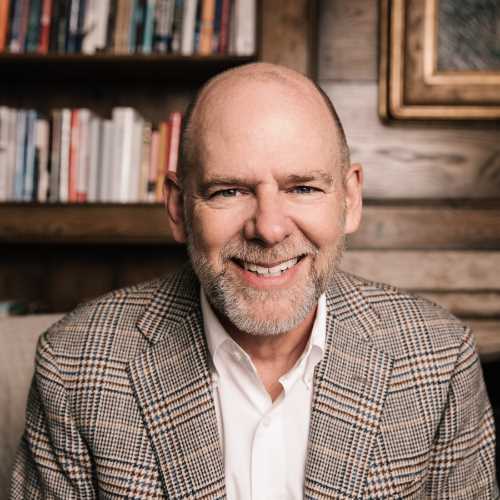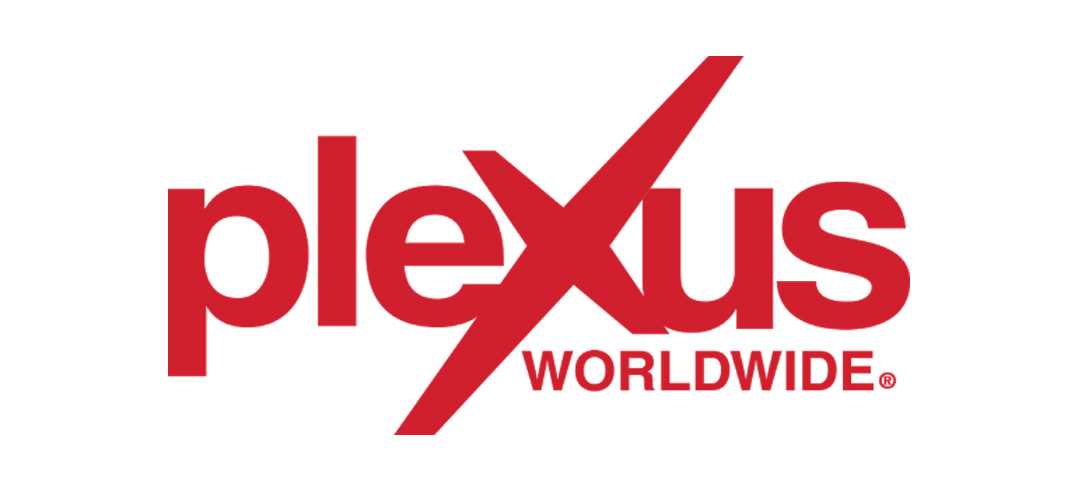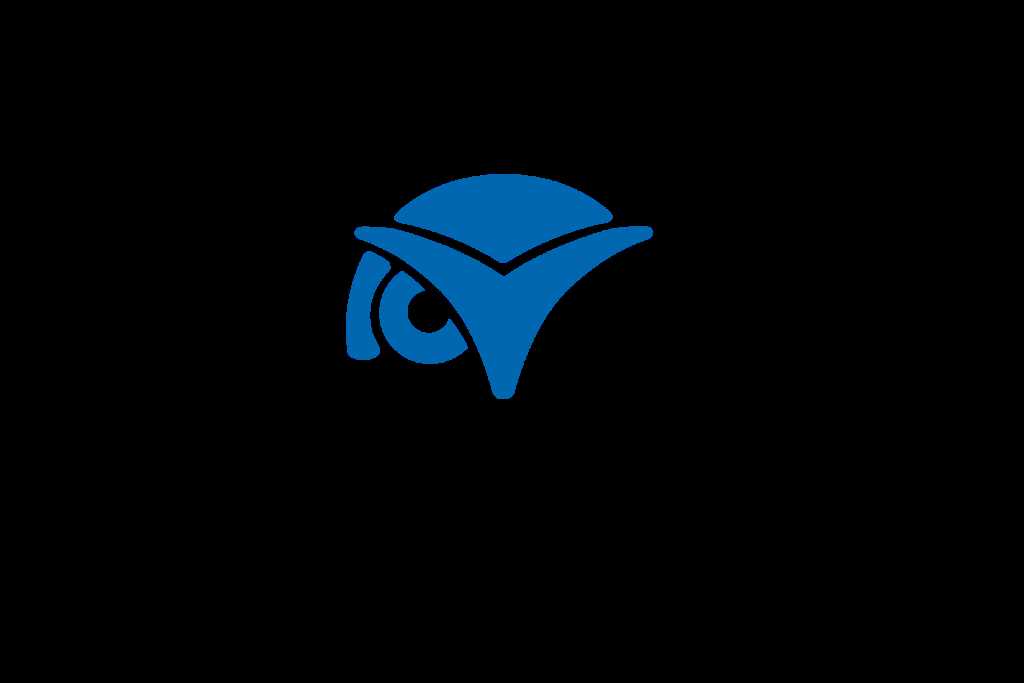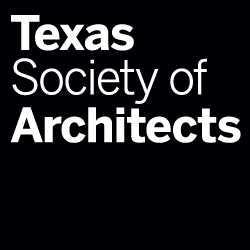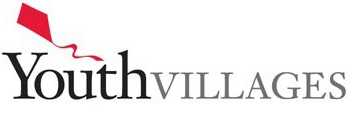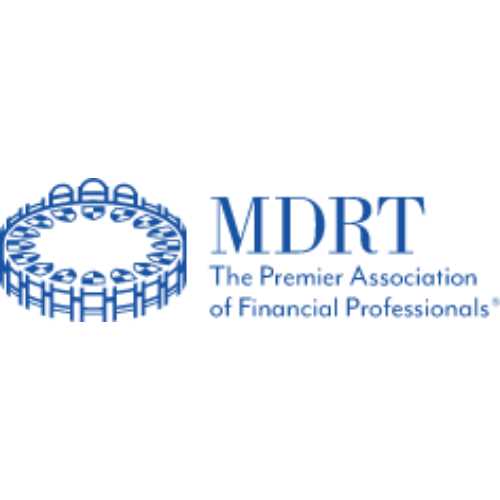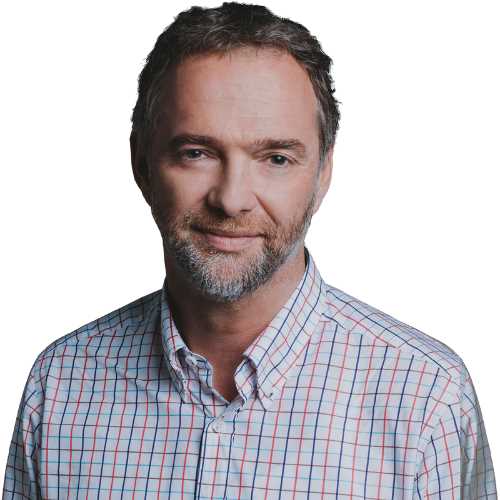
Andrew Grant
- CEO of Tirian Consultancy
- Global Innovation Leadership Consultant
- Bestselling international author
In Person-Fee 🛈
$15,000 - $20,000
Virtual Fee:
$10,000 - $15,000
Travels From
Australia
Andrew Grant: Keynote Speaker, Facilitator, Author, Designer - Innovative Leadership: Promo/Showreel
Andrew Grant: Keynote Speaker, Facilitator, Author, Designer - Innovative Leadership: Promo/Showreel
Tirian Digital Solutions: Facilitated Online Experiences
The Ambidextrous Future-Ready Leadership course (about)
Who Killed Creativity? and How Can We Get it Back? | Andrew Grant | TEDxHongKong
Andrew Grant show-reel "Who Killed Creativity and how can we get it back?"
Why Design Thinking (often) Fails- Who Killed Creativity?
CSI Creative Scene Investigation Program and Licencing Promo
Andrew Grant Speaker Biography
Andrew Grant is recognized as a global creative thinking pioneer and highly engaging keynote speaker. As the author of several books and over 30 original and sophisticated organizational development programs on the market today, Andrew brings a unique contemporary perspective to the field of innovative thinking and creative problem solving. He is best known as the co-author of the books The Innovation Race: How to Change a Culture to Change the Game, along with international bestseller Who Killed Creativity?... And How Can We Get it Back?
Andrew Grant and his partner Dr Gaia Grant PhD (University of Sydney Business School) have spent 30 years travelling the world to look at why is it that some societies, cultures and organizations seem to have raced ahead while others appear to have been left behind. They have also developed a validated Innovation Climate Indicator (iCLi) to assess the innovation readiness of both individuals and organizations, to ensure innovation can actually be implemented.
Andrew is a highly experienced and humorous presenter and facilitator, who will challenge leaders and their teams to thinking differently about innovation and creative thinking.
Andrew has a wealth of knowledge and experience working internationally, and is both globally minded and culturally fluent, resulting in sessions that are always relevant and sensitive to both the local mindset and diverse audiences. He has co-authored over 30 corporate educational resources, simulations and programs in total, which are used by Fortune 500 companies worldwide.
Companies such as Visa use Tirian programs as an induction program for every new manager worldwide.
Andrew can present to an audience that is wanting outcomes delivered engagingly in an intelligent and interactive way (not just entertainment, not a dry talk, and not childish games or gimmicks). Topics are presented in a unique way previously not experienced, with a specialization on fully engaging interactive sessions on creative thinking and innovation. Andrew practices what he preaches, and offers not only an intelligent session on the topic but one that is presented creativity.
Andrew consistently receives the highest rated feedback for his sessions due to his creative and educationally sound presentations methods. Andrew’s significant success comes from the fact that he is not only able to talk intelligently and engagingly about the important elements of creative thinking and innovation, but it is easy to see in everything he does. As a result Andrew has been featured in a number of international media including BBC and ABC TV along with commercial TV, Reuters, Harvard Business review, Fast Company and the Wall St Journal.
As an executive level global culture consultant and facilitator, Andrew has been engaged by market innovation leaders to help create a culture of innovation including:
• Nestle (sustainable innovation solutions for emerging markets in Switzerland)
• Four Seasons Hotels & Resorts (preparing the exec team & GMs for the future of the hospitality industry, Canada)
• Disney (creating compelling ideas for marketing, HK),
• Mercedes Benz (innovative brand positioning, China)
• Estee Lauder (reimagining regional retail models),
• Salesforce (looking at the future of marketing and the customer journey)
• UAE Prime Minister’s office / Duke University & (to help Dubai and the region develop future leaders in innovation)
… Along with a number of large finance institutions (UBS, DB, Citi, Goldman Sachs, Barclays, Credit Suisse, AMP, BNP Paribas, S&P Global - assisting with dealing with changes to regulations).
In his role as a keynote speaker, Andrew has been in high demand internationally: including delivering keynotes at:
• Young Presidents’ Organisation (YPO) Global Edge & GLC ROW Conference (Aust) (Europe)
• APEC CEO Summit & APEC University Leaders’ Forum (Vietnam)
• Four Seasons Hotel International CEO Conference (Canada)
• The World Innovation Conference (France),
• Salesforce Road Show
• TEDx (HK).
• HR Summit & HR Smart Workforce (Singapore)
• Innoday Competing for the future (Stockholm)
Andrew has also delivered a series of headline keynotes at extended international roadshows for Fuji Xerox, PwC, J&J, PMI, S&P Global, and Citibank.
As a dynamic husband-and-wife team, Andrew can team up with his partner and co-author, Gaia Grant. Gaia is researching innovation culture and sustainability at the University of Sydney Business School, where she is also a lecturer. (Dr Gaia Grant PhD). Outside of their corporate work, Andrew and Gaia have also worked on breakthrough pro bono education projects across Asia, including designing educational material that has been targeted to reach over 25 million people in developing countries worldwide.
To book Andrew Grant call Executive Speakers Bureau at 901-754-9404.
HYBRID CORE TOPICS WITH DR. GAIA GRANT
CREATE: Creative Thinking Fundamentals
If you’ve seen our creative thinking sessions, watched the TEDx talk or read the book: “WHO KILLED CREATIVITY?, we have now developed an online ‘Who Killed Creativity?’ gameboard. Whilst we can facilitate this, it has now been redesigned to be independently run by a leader and their team. It can be fully automated to purchase and comes complete with instructions, so anyone can use it. Great for follow-up after a keynote. This suite of programs is packaged with a CSI kinesthetic memorable theme. https://www.whokilledcreativity.com/game-board/digital/
INNOVATE: Ambidextrous Future Ready Leadership
If you’ve seen our session &/or read the book “THE INNOVATION RACE” we now have focussed on the latest management theory, “Ambidextrous Future Ready Leadership”, as this is important for sustainable long term innovation. We believe this is one of the key challenges of this year. Our research shows that the tension that innovation, change, and Covid has bought over the last year, can either fuel or frustrate innovation and growth. Leaders, therefore, will need to manage this tension to ensure the organization/team can transition to sustainable new ways of working. To bring any keynote alive and ensure participation, we have also developed an online tool called the iCLi, to assess this tension within an organization & for leaders and their teams. https://the-innovation-race.com
INNOVATION
Focus Session 1: The Innovation Race: Who wins, who loses and who gets eliminated? Why innovation doesn’t always work.
When it comes to the ‘innovation race’, are you more of a traveler or a tourist? Or are you simply an armchair observer? Most of us marvel at the pace of innovation, but few understand how to engage with the topic. Yet your approach to innovation may be critical for future survival. Although we are all keen to hear current market leaders share their predictions, hoping to pick up the latest trends in innovation and stay ahead of the curve, we are not always shown how to practically prepare for the innovation race. Perhaps it’s time to identify just how innovation ready you and your organisation are, and what you might need to do about it. This session considers what it really means to compete in the innovation race, and what the implications are for those who win, lose and are eliminated. Unique global and historical research from a broad range of cultures and contexts provides a sobering understanding of what it will take to stay in the innovation race for the long run.
Practical tools for becoming an effective ‘ambidextrous’ innovation leader, able to both draw from and build on the past but also see into the future, are then introduced. This is a ‘futurist keynote’ with a difference, providing real strategies that will allow the much talked about ‘Forth Industrial Revolution’ to be a growth opportunity, rather than a dangerously disruptive and potentially eliminating threat. (Presented at the APEC CEO Summit Danang)
Focus Session 2: The Paradox of Leading Sustainable Innovation: The Monk and the Mobile
Companies like Google may appear to be leading in the ‘innovation race’, but do they have all the solutions and can they be simply copied? Our research has revealed that most companies today only have half the story right, and that a new perspective and model is needed to overcome the challenges. This presentation identifies core sustainable innovation strategies for surviving and thriving in ‘the innovation race’. It reveals that by simply changing perspective, new ideas can be better supported through to implementation. Discover how to lead and manage innovation through successfully navigating the 4 key innovation paradoxes. Practical strategies and the ‘polar positioning’ tool are introduced to show how to navigate these paradoxical tensions successfully. The fast-paced global adventure reveals how different cultures and companies around the world have effectively managed the key Exploration / Preservation innovation paradox, along with the 4 contributing sub-paradoxes.
Focus Session 3: The Collaboration Deception: Leading Collaborative Innovation
The Collaboration Deception social experiment: Building collaboration in a competitive corporate context. This is a unique keynote that includes a powerful game-theory style interactive session. In this session the participants become involved in a social experiment and discover firsthand what happens when trust is removed from the equation. Leaders and teams can benefit from this program through learning how to build long lasting trust with fellow team members, vendors, partners and associates. They will understand what to look for in a healthy teams and business relationship, and how to collaborate to avoid those that are in it for themselves.
Innovation key takeaways:
• How to create a culture to support innovation
• Learn the core sustainable innovation strategies for surviving and thriving in 'the innovation race'
• How to lead and manage innovation through successfully navigating the 4 key innovation paradoxes
CREATIVITY
Focus Session 1: Who Killed Creativity?... And how can we get it back? Identifying the potential blocks and essential strategies for developing creative thinking
We need to be creative to be innovative. But the relentless push to innovate faster may be undermining the whole creative process. In our rush for end results, we could ironically be killing the very thing that will lead us to innovation: creativity. Recent research has revealed that creative thinking will be the most important leadership attribute in the next 10 years. Yet it has been identified that even though IQ has been on the rise, creative thinking (CQ) has been rapidly declining since the 1990s. CQ has also been found to drop over an individual’s lifespan. We are now at a point where all the design thinking strategies and innovation labs in the world won’t help a team if there are significant psychological or environmental and cultural blocks to the creative probes. This session takes the participants on a journey from the classroom to the boardroom to understand the impact of the current creativity crisis. The session covers the implications for the workplace and reveals how it is possible to develop a creative and innovative culture.
Key takeaways include:
• Understand from a neuroscience perspective the psychological blocks to creativity and how they manifest in the workplace
• Identify the importance of developing creative thinking in order to innovate better
• Know the key creativity factors that need to be developed to support innovation
Focus Session 2: The magic of creative thinking – and how to really think outside the box.
Uses magic illusions as an illustration for how the creative thinking process can be blocked psychologically, segueing to challenging people about their mindset and mental models.
Focus Session 3: How to use CQ as a competitive advantage in the workplace
This fun interactive session assesses individuals and the team, and then maps the CQ (7) skills needed to use the Creative Thinking Strategies to their full potential. The session then goes onto to show how CQ has direct business applications, through connecting case studies to the CQ Torrance testing and design thinking models.
Creativity thinking key takeaways:
• How to identify the potential blocks and essential strategies for developing creative thinking
• Identify the importance of developing creative thinking in order to innovate better
• Know the key creativity factors that need to be developed to support innovation

